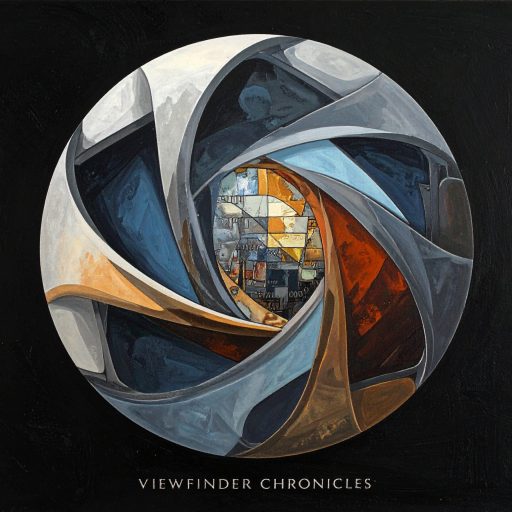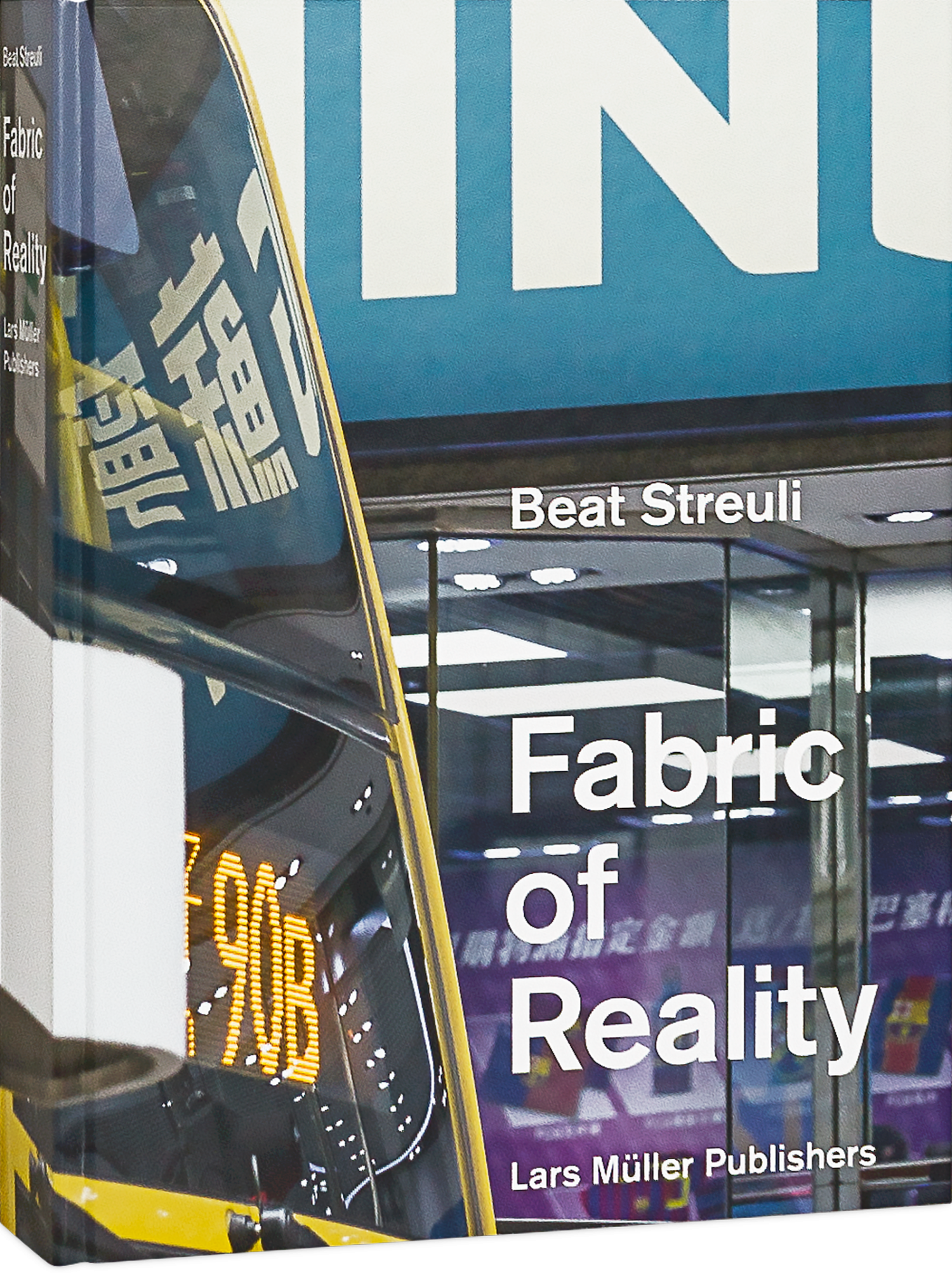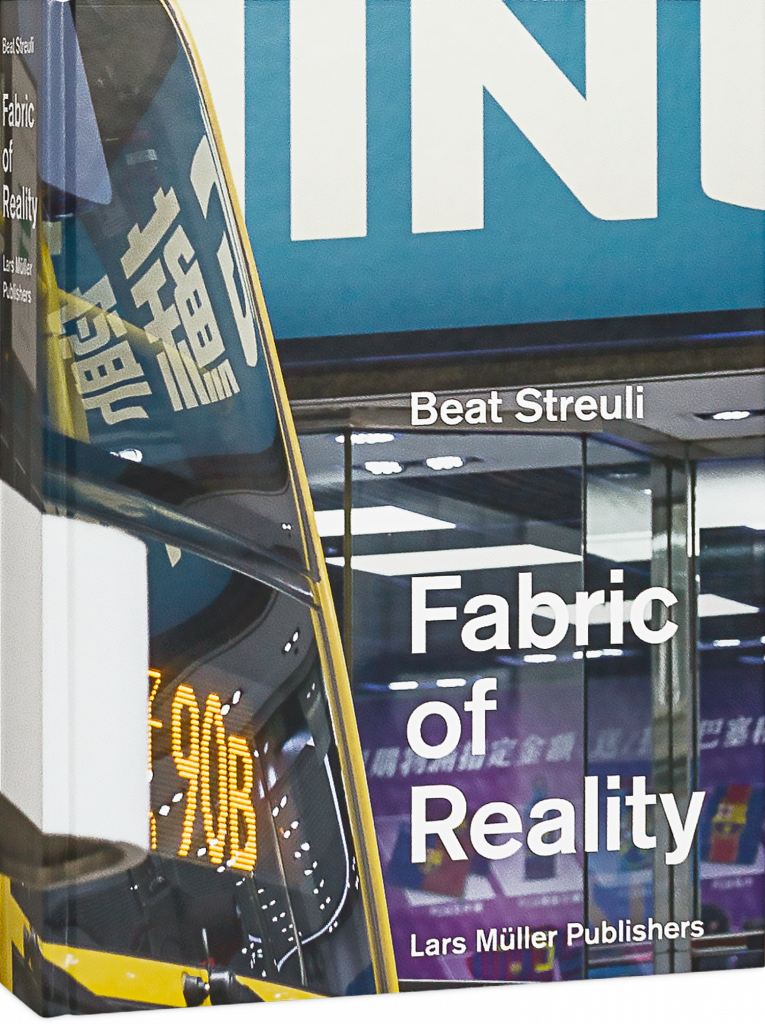
Lately, I’ve found myself wrestling with the elusive, damning art of city photography a bit, yearning for that singular, defining moment that could somehow bottle the frantic, beating soul of a place. The pursuit often feels like an exhausting, Sisyphean task, a desperate chase of the ephemeral through a whirlwind of chaotic human experience, leaving me utterly drained, drowned by the relentless, amplified noise of the streets. My camera, I fear, often amplifies the racket rather than distilling the profound essence. Then, opening Beat Streuli’s Fabric of Reality struck me, a melancholic yet intensely electrifying revelation that mirrors my creative struggles.
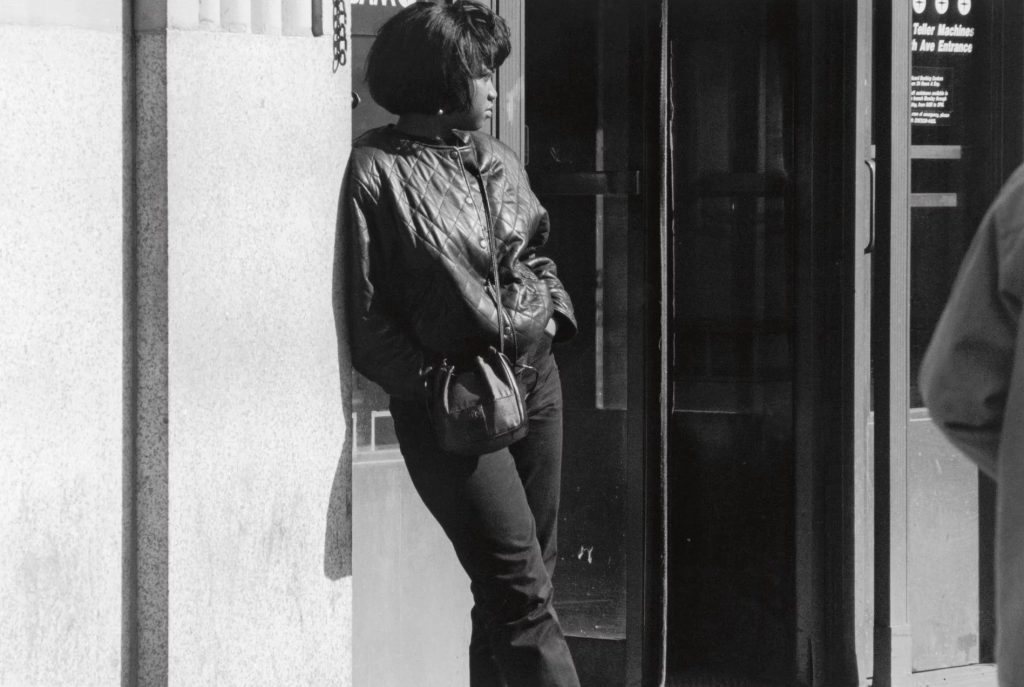
Streuli is a photographer of such a rare brilliance, dismantling the polished, protective veneer we wear as travellers. We cling to the worn cliché that urban exploration is boundless, yet we betray ourselves by treading the familiar, safe paths, viewing the world from a certain elevated perch, and noting only the most superficial fragments.
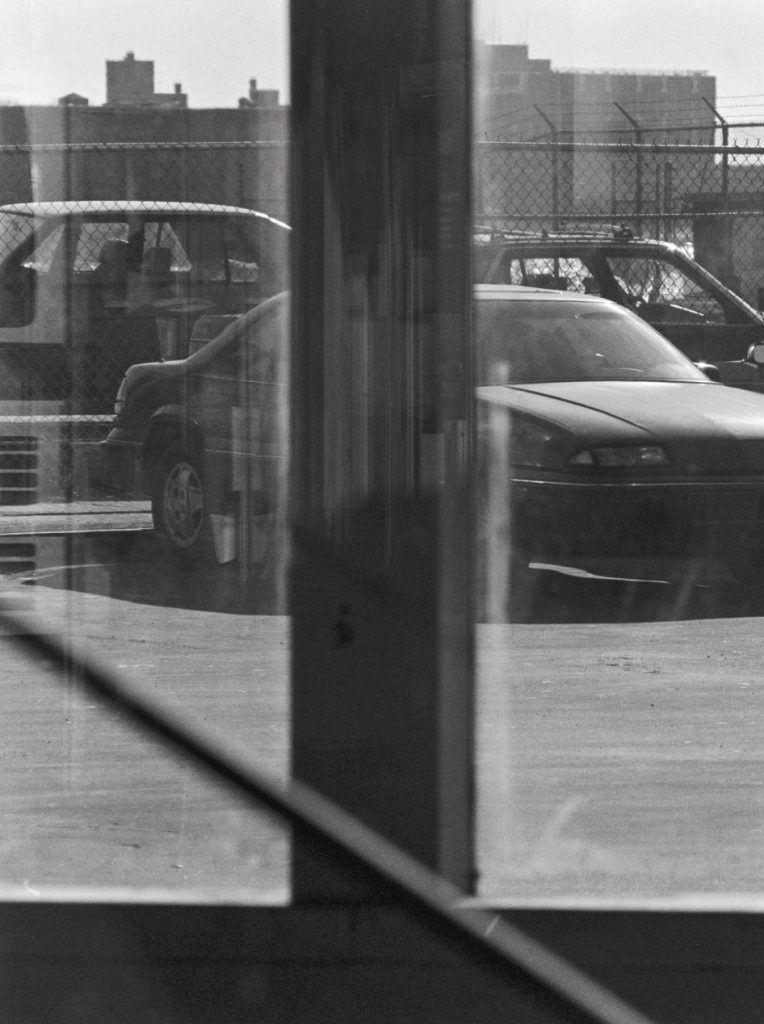
Streuli shatters this tourist’s lens, offering instead an unflinching, raw gaze at the modern city, a truly woven tapestry, a profound and intricately constructed whole. His method, meticulously chronicled here, is that of a scientist of subtleties, revealing reality not as a crisp, decisive snapshot but as a deliberate moiré, a shimmering, rustling interplay of interwoven threads and chance encounters.
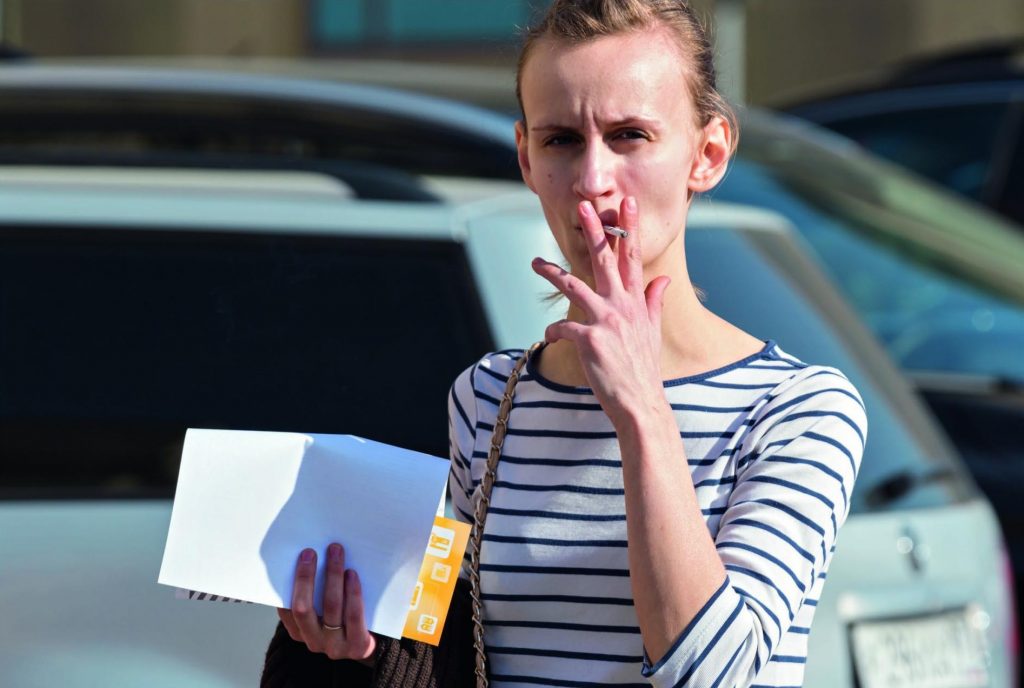
The book’s beauty is in its global, haunting resonance, threading together vivid glimpses of visual culture across contemporary public spaces. From the bustling streets of Marseille to the expressive faces of Phnom Penh, Streuli hints at a universal narrative beneath the local hues, uniting us in the grand, swirling theatre of modern life. His images, fragments of light, fleeting shimmers, and delicate twinkles, intermingle to stretch the very boundaries of artistic representation. This philosophical gesture speaks deeply to identity, impermanence, and belonging in our ever-fluid world. One can’t help but pause and ponder, does the hurried figure passing a French storefront carry the same silent, historical weight as the patient soul waiting by a Cambodian roadside?

This insight resonates with Roland Barthes’ profound meditations on the limits of representation, particularly his poignant question about capturing history’s weight in a simple image of a laundress, “How represent such a weight as that?” Streuli doesn’t attempt direct political mimicry; he respects Barthes’ insight that the political defies imitation. Instead, he offers a rhythm, a musical cadence of collective human experience, inviting us to literally listen to his photographs as a living composition. They emerge as embodiments of the Neutral, tracing the common thread that binds every anonymous soul in the urban multitude.

The images here, ranging from a contemplative woman with a cigarette and paper, to the dynamic interplay of a couple by the sea, a mother and child pointing with joy, and the vibrant storefronts and fences, all echo this moire effect. Each frame captures a fragment of life, layered with texture and emotion, much like Streuli’s overarching vision. The woman’s shadowed stance, the sea’s serene embrace, the child’s bright gesture, and the bold commercial hues all weave into a complex tapestry of the human condition.
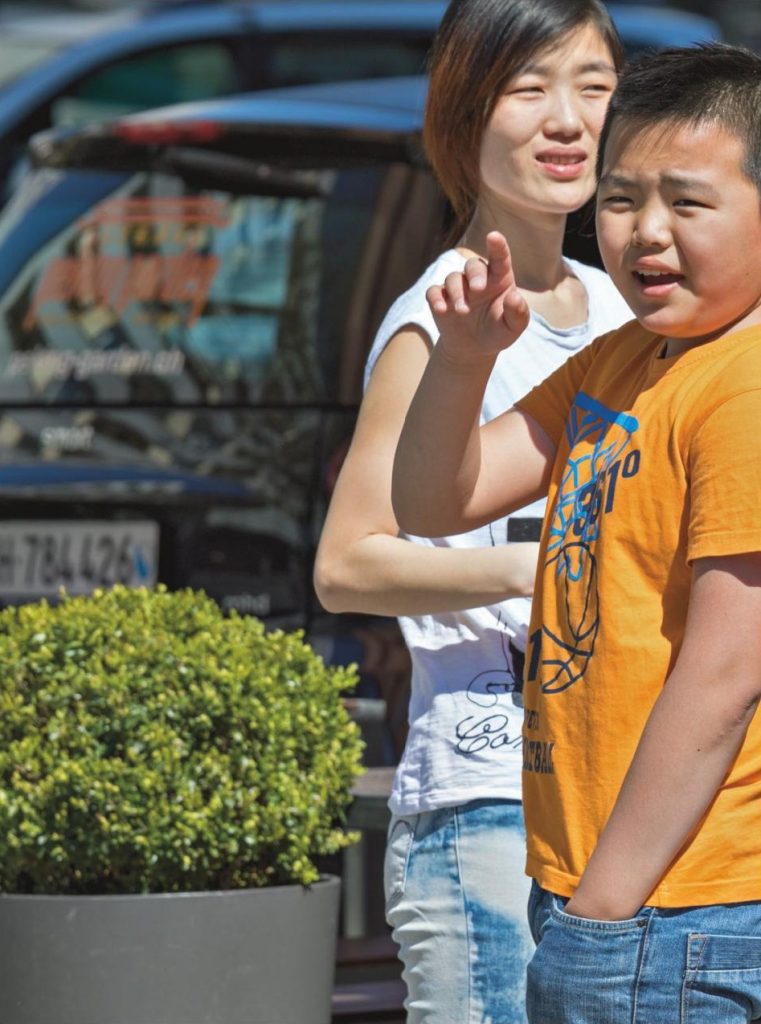
Fabric of Reality transcends a mere collection of places; it is a soul-settling exploration of humanity itself. It reassures me that my own photographic journey need not hinge on one perfect shot, but on the overlapping layers, the continuous moments that form the moiré fabric of my life and the city I inhabit. If the city’s overwhelming pulse or the search for meaning in the mundane has ever haunted you, I urge you to immerse yourself in Streuli’s work. It is a masterpiece of genuine brilliance and an unflinching look at the reality of being human in the 21st century.
Regards
Alex
